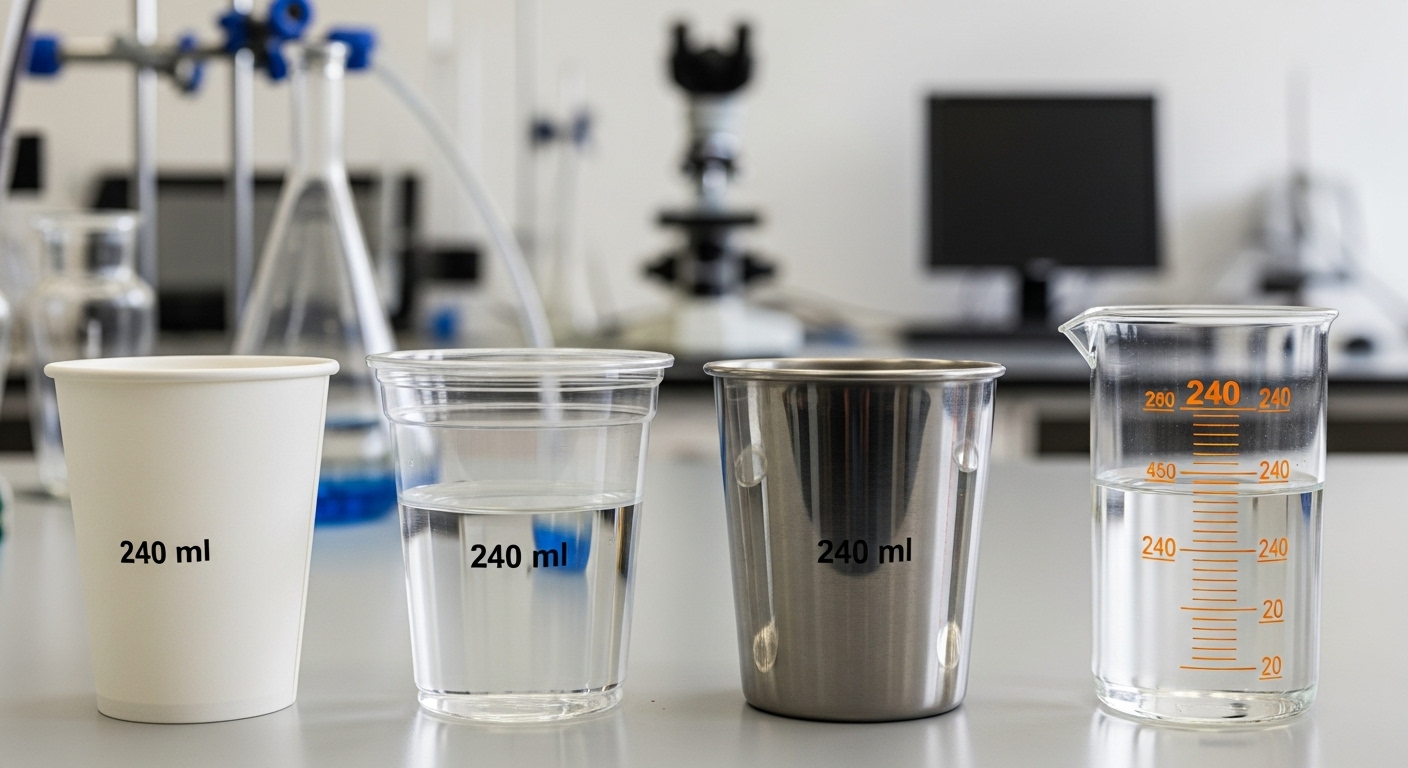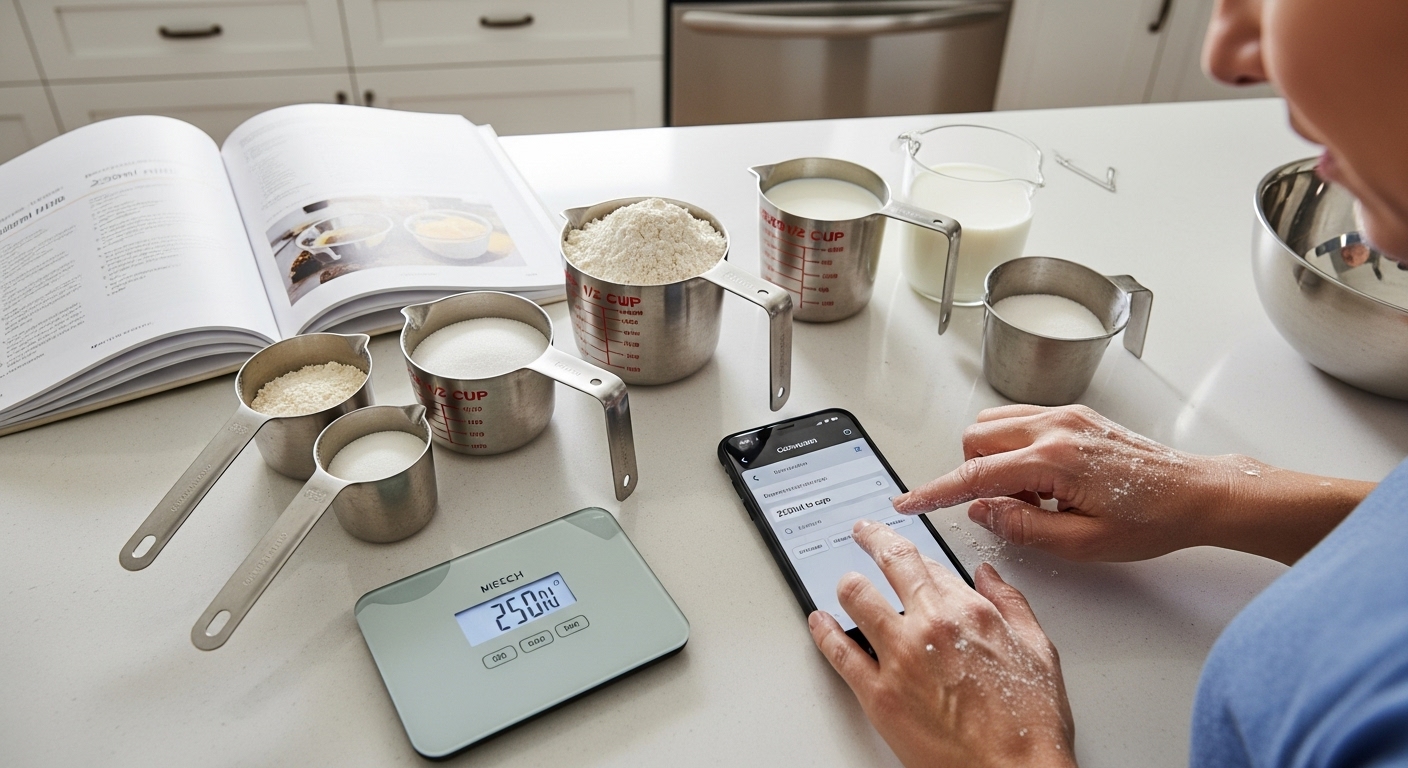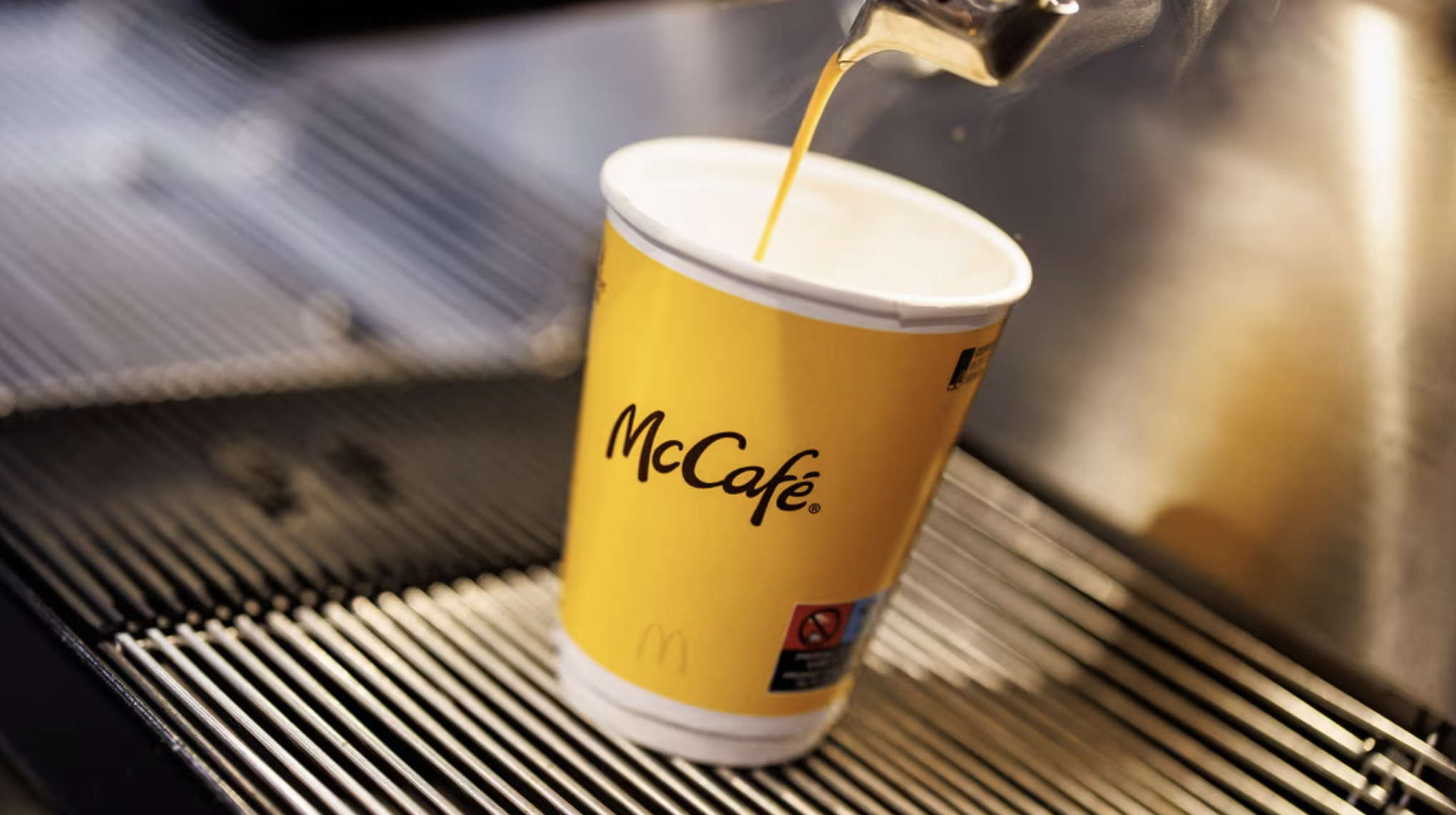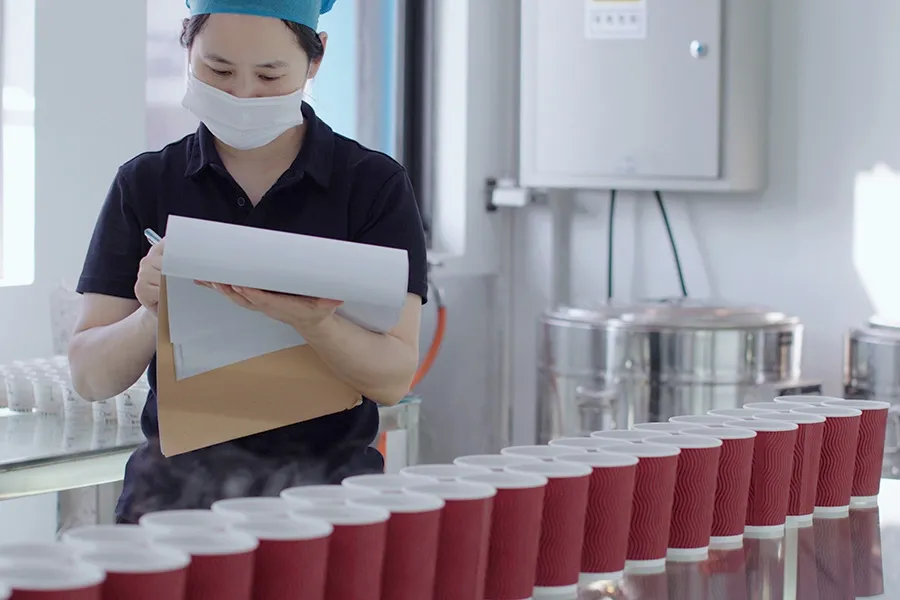If you’ve ever tried to convert measurements while cooking or baking, you might have found yourself asking, “How many cups are in a pint?” or “Is a quart bigger than a gallon?” These are common questions, especially when you encounter recipes that use different measurements, such as pints, quarts, and cups.
If you’re looking for clarity, here’s the definitive answer to how many cups are in a pint: One pint equals 16 fluid ounces or 1/2 quart.
This guide will give you all the information you need to understand the differences between pints, quarts, and cups, as well as practical examples, conversions, and even how to use these measurements effectively in cooking and baking.
By the end of this guide, you’ll be able to confidently handle measurements, whether you’re preparing a simple soup or tackling a more complex recipe.
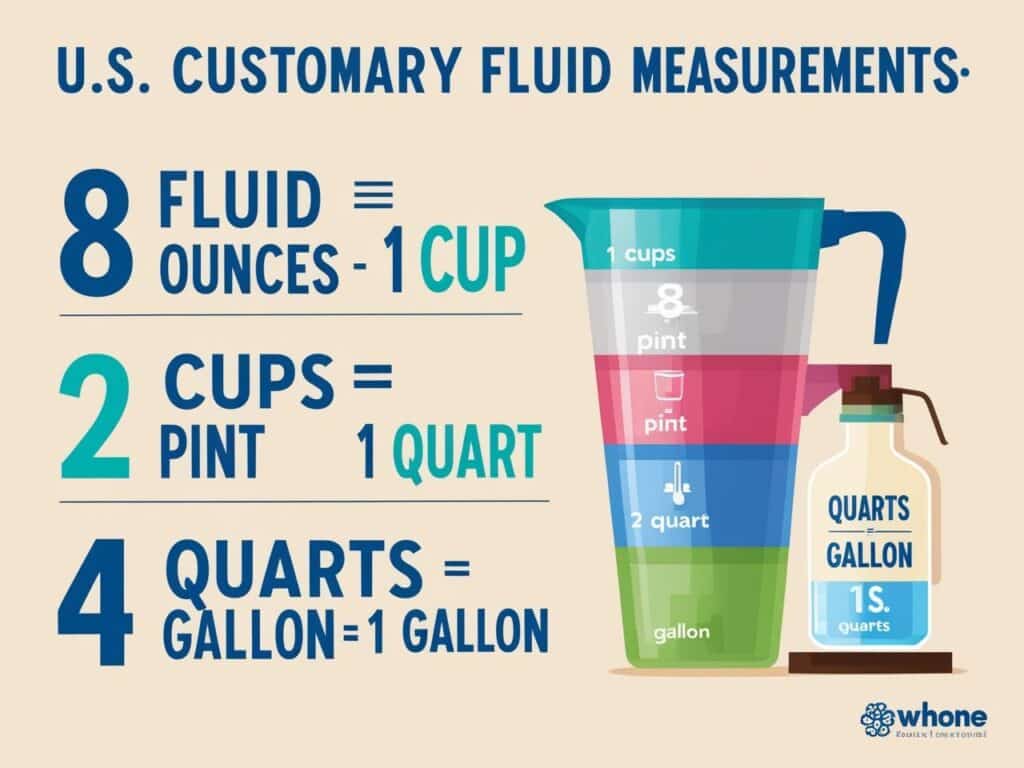
Understanding the Basics of Volume Measurements
Before we dive into conversions and practical uses, it’s essential to understand the fundamental differences between pints, quarts, and cups.
1. What is a Pint?
A pint is a common unit of volume, especially in the United States, for measuring liquids. It’s often used when dealing with smaller quantities in recipes, especially for beverages, dairy products, or ingredients in sauces. One pint equals 16 fluid ounces or 2 cups.
In cooking, you might encounter a pint when making smoothies, salad dressings, or measuring liquids like milk, cream, or beer.
A pint is also used in packaging, such as for ice cream containers. So when you see a pint vs quart ice cream comparison, it’s important to know that a pint of ice cream would typically be smaller than a quart, which is four cups of liquid.
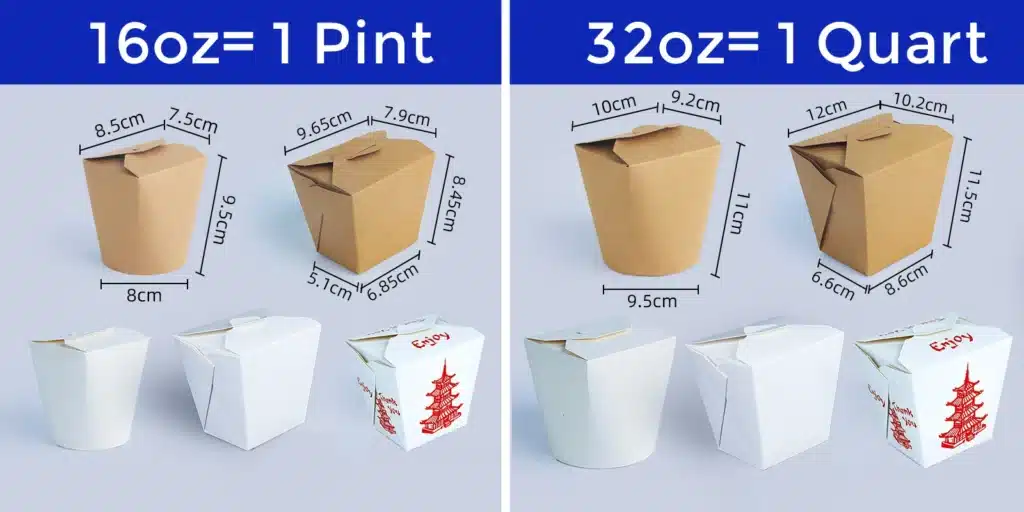
2. What is a Quart?
A quart, on the other hand, is a larger unit of volume. One quart equals 4 cups or 32 fluid ounces. It’s commonly used for larger quantities of ingredients, such as liquids in soups, stews, and beverages.
A quart to pint conversion means that 1 quart equals 2 pints. Knowing the relationship between pints and quarts can help when adjusting recipes, especially if you’re scaling up or down.
Comparing Pints, Quarts, and Cups
So, now that we’ve defined pints and quarts, “pt vs qt”, let’s dive into how they relate to each other, as well as cups, which are perhaps the most commonly used measurement in many households.
1. How Many Cups Are in a Pint?
If you’re wondering how many cups in a pint, the answer is straightforward: 1 pint equals 2 cups. Whether you’re baking, cooking, or following a recipe, it’s essential to know this simple conversion.
| 1 Pint | 2 Cups | 16 Fluid Ounces |
|---|
This is one of the easiest conversions to remember, and it’s incredibly helpful when you need to measure liquids or dry ingredients. For example, if your recipe calls for 1 pint of milk, you can substitute it with 2 cups of milk.
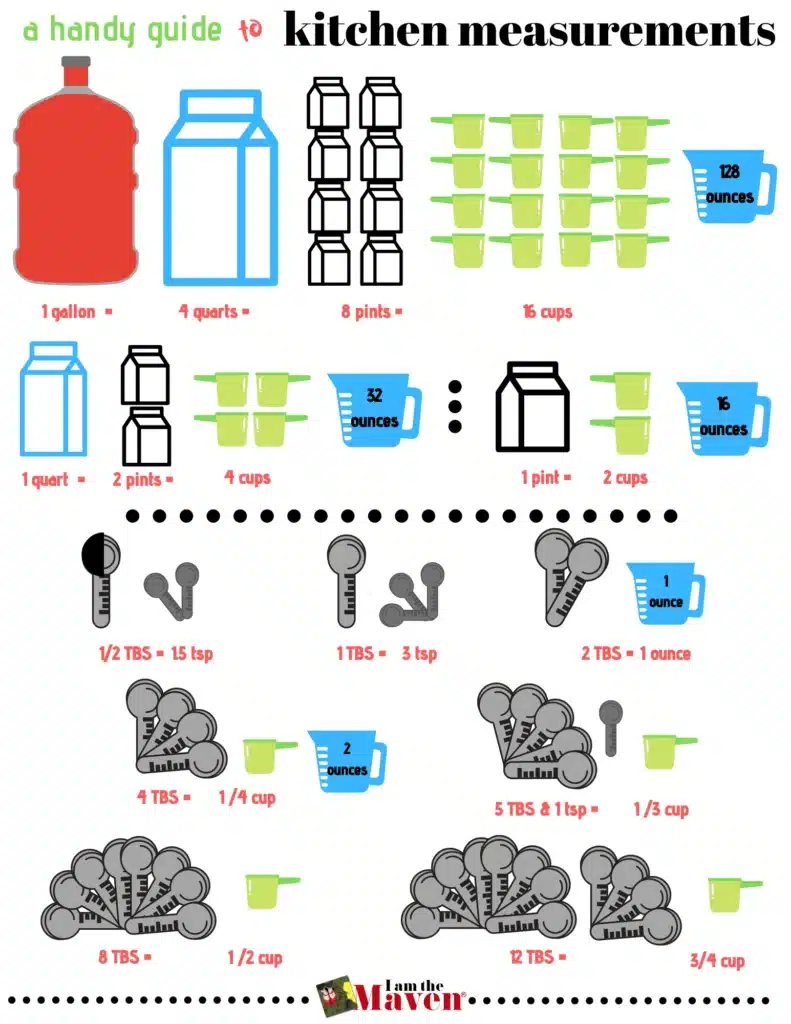
2. How Many Cups Are in a Quart?
As we’ve discussed, a quart is double the size of a pint. 1 quart equals 4 cups or 32 fluid ounces. If you’re scaling up a recipe or working with larger quantities, knowing this conversion will be crucial.
| 1 Quart | 4 Cups | 32 Fluid Ounces |
|---|
If your recipe calls for 1 quart of broth or juice, you’ll need to use 4 cups to match the measurement. It’s especially useful when you need to convert between quarts to cups in large-batch recipes.
Practical Applications in Cooking and Baking
Understanding these measurements is only useful if you know when and how to apply them. Let’s look at some practical applications for pints, quarts, and cups.
1. Common Recipes Using Pints
You’ll most often encounter pints in a cup when making smaller batches or dealing with liquid measurements like:
- Ice Cream: Many ice cream brands come in pint-sized containers. The classic Baskin Robbins pint vs quart comparison is a good example.
- Drinks: When making milkshakes, smoothies, or cocktails, recipes might call for a pint of milk or cream.
- Sauces and Dressings: Small batches of salad dressing or sauces might call for pints of vinegar or oil.
In all these cases, knowing how many pints to cups or pint in container helps you adjust ingredients based on the size of your batch. For example, if you’re using a pint of cream for a sauce and the recipe needs 2 cups of cream, you’ll be all set.
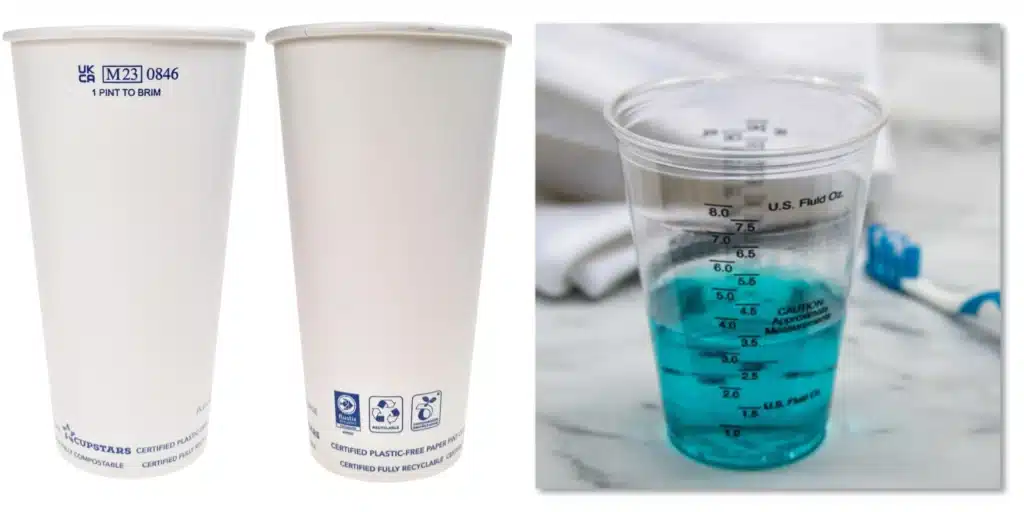
2. Common Recipes Using Quarts
On the other hand, quarts are typically used for larger batches. You’ll often find quarts in recipes for:
- Soups and Stews: Many recipes for soup, like pint vs quart soup, call for quarts of broth, stock, or liquid. For instance, a classic chicken soup might require 2 quarts of broth, which is equal to 8 cups.
- Large Beverages: If you’re preparing drinks for a party, such as lemonade or iced tea, you might use quarts to gallons conversions.
- Batch Cooking: Quarts are often used in recipes where you’re preparing meals for a group. A recipe for pint vs quart mason jar storage might also be involved in preserving soups or stews.
Using a quarts to cups conversion chart can come in handy for quickly converting between units when scaling up your cooking.
U.S. vs U.K. Measurement Differences
It’s important to note that there are differences in the way pints and quarts are measured in different countries, this can be confusing, especially when following recipes from different parts of the world.
1. How Pints and Quarts Differ in the U.S. and U.K.
- In the U.S., a pint equals 16 fluid ounces (473 mL), and a quart equals 32 fluid ounces (946 mL).
- In the U.K., however, a pint equals 20 fluid ounces (568 mL), and a quart equals 40 fluid ounces (1.137 L).
When you encounter a recipe that uses pints or quarts, make sure to check whether it’s written using U.S. vs U.K. measurements, especially if you’re preparing large batches, like pint vs quart Chinese food or pint vs quart soup. The discrepancy might affect the final quantity.
2. Why It Matters for International Readers
If you’re following a pint vs quart Chinese food recipe or any international recipe, understanding these differences will help you avoid any measurement mishaps. For example, if you were using pint vs quart Chinese takeout boxes, knowing the difference in measurement can ensure you don’t end up with more food than expected.
Converting Between Pints, Quarts, and Cups
To simplify your cooking process, having a quick reference guide for converting between pints, quarts, and cups is essential.
1. Quick Conversion Chart
| Unit | Equivalent | Measurement |
|---|---|---|
| 1 Pint | 2 Cups | 16 Fluid Ounces |
| 1 Quart | 4 Cups | 32 Fluid Ounces |
| 1 Cup | 0.5 Pint | 8 Fluid Ounces |
This chart gives you a simple, at-a-glance way to convert between the most common cooking units. Whether you’re making pint vs quart ice cream or pint vs quart soup, this chart will serve as a quick guide.
2. When to Use Each Measurement
- Pints: Best for smaller amounts of liquids or ingredients in recipes for one or two people.
- Quarts: Ideal for larger quantities, such as big batches of soup or stock.
- Cups: The standard measurement for most baking recipes, particularly for dry ingredients.
Conclusion
In conclusion, understanding how pints to cups and quarts to pints conversions work is a crucial skill for anyone who cooks or bakes. Whether you’re making pint vs quart Chinese food or measuring ingredients for a large soup pot, knowing the proper measurements will make your cooking much easier.
If you’re looking for sustainable packaging solutions for your food products, we at Get Bio Pak Co., Ltd. offer eco-friendly customized RPET coffee plastic cups that are perfect for businesses looking to reduce their environmental footprint. Learn more about our products and services on our website.
Frequently Asked Questions (FAQ)
1. How big is a measuring cup?
A measuring cup typically holds 8 fluid ounces (1 cup). It is commonly used in cooking and baking to measure both liquid and dry ingredients. Most measuring cups come in various sizes, including 1/2 cup, 1/4 cup, and 1 tablespoon. The standard measuring cup for liquid ingredients is usually marked with fluid ounce increments.
2. How do you convert pints to quarts?
To convert pints to quarts, divide the number of pints by 2.
Formula: 1 quart = 2 pints
Example: 4 pints ÷ 2 = 2 quarts
3. How many cups are in a carton of milk?
The typical carton of milk contains 1 gallon, which equals 16 cups. If you’re buying milk in smaller containers, such as a half-gallon, it will contain 8 cups.
4. How many cups are in a pint?
1 pint = 2 cups. This is a simple conversion that’s useful for cooking and baking when you encounter recipes that call for pints.
5. How many cups in a half pint?
1/2 pint = 1 cup. Since a pint is equal to 2 cups, half a pint will naturally equal 1 cup.
6. How many dry ounces in a quart?
There are 32 dry ounces in a quart. This is true for dry measurements, which are used for ingredients like flour or sugar. Remember, fluid ounces and dry ounces are different, so this applies specifically to dry goods.
7. How many grams are in 17 kilograms?
To convert kilograms to grams, multiply the number of kilograms by 1000.
17 kg = 17,000 grams.
8. How many pints are equivalent to 12 cups?
Since 1 pint = 2 cups, you can divide 12 cups by 2 to get the equivalent number of pints.
12 cups ÷ 2 = 6 pints.
9. How many pints are in a gallon?
There are 8 pints in 1 gallon. This is based on the standard U.S. measurement for a gallon, which equals 4 quarts or 8 pints.
10. How many quarts in a gallon?
There are 4 quarts in 1 gallon. This is a standard measurement for liquid volume in the U.S. system.
11. How many quarts equal a gallon?
1 gallon = 4 quarts. This conversion is important when dealing with larger liquid quantities, especially in cooking and bulk purchasing.
12. How much is 4 pints?
4 pints = 2 quarts or 32 fluid ounces. Since 2 pints make 1 quart, 4 pints will equal 2 quarts.
13. How to convert pints to quarts?
To convert pints to quarts, divide the number of pints by 2.
Example: 6 pints ÷ 2 = 3 quarts.
14. How to convert quarts to pints?
To convert quarts to pints, multiply the number of quarts by 2.
Example: 3 quarts × 2 = 6 pints.
15. What fraction of a quart is a pint?
1 pint is 1/2 of a quart. This is because 1 quart equals 2 pints, so each pint is half of a quart.
16. What percent of a quart is a pint?
50% of a quart is a pint. Since 1 pint is half of 1 quart, that makes it 50% of the whole.
17. Which is greater, 150 quarts or 200 pints?
200 pints is greater. Since 1 quart = 2 pints, 150 quarts would be equal to 300 pints. So, 200 pints is less than 150 quarts.
18. Which is greater, 2 pints or 2 quarts?
2 quarts is greater. Since 1 quart = 2 pints, 2 quarts equals 4 pints. Therefore, 2 quarts is twice the amount of 2 pints.
19. Which is less, a cup or a pint?
A cup is less than a pint. 1 pint = 2 cups, so a pint holds twice the amount of a cup.


